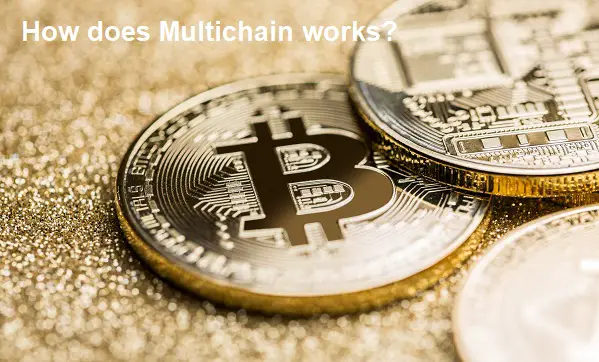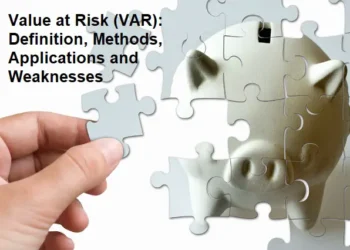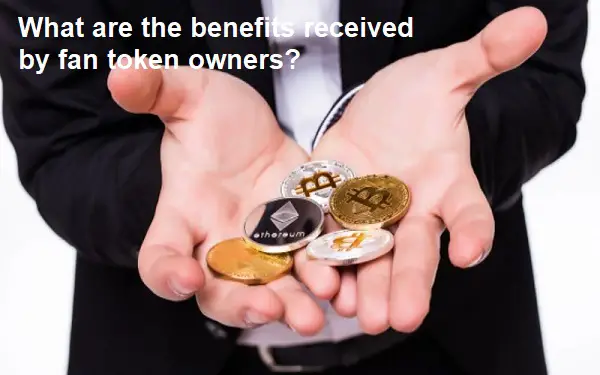Multichain
Cryptocurrencies were originally created as an alternative means of payment to the fiat we use every day. However, in its development, different cryptocurrencies emerged with different market values.
With the emergence of these various types of crypto, the next problem that needs to be faced by the decentralized financial system is how to use a crypto coin in several networks that are not the original ecosystem. Like foreign currencies that can be transferred to accounts in different countries, cryptocurrencies need similar facilities to make cryptocurrencies as flexible as fiat currencies.
It is on this basis that various innovations have emerged that allow the process of transferring a native coin to a different blockchain network. And one of the platforms created to provide this facility is multichain.
What is Multichain?
Multichain is an open-source cross-network platform that allows users to transfer a single token to several different blockchain networks. The basic concept is the same as converting from a native coin to a wrapped token. What is different is that in the wrapped token conversion process there is a third party who becomes the custodian so that it is not considered truly decentralized. Meanwhile multichain does not use custodians, but uses smart contracts to lock up a token and print new tokens on the desired blockchain.
Through this process the printed tokens have a value ratio of 1:1 and can be done at no cost or free. Currently the multichain service supports 72 blockchains with 3,014 crypto projects in them. And has reached a total transaction volume of $89.82 billion.
Like DeFi projects in general, multichain also has its own token which is useful as an administration token. The token is MULTI, which is used as a means of payment on the multichain platform.
Multichain Components
Multichain consists of several main components. These components allow the process of transferring a token to a different blockchain network to run smoothly and even without fees. These components include, namely:
1. Cross-chain bridges
It is the part that bridges one blockchain network to another, making it possible to make direct swaps that can be completed in a relatively short time.
In the process of connecting two different networks to swap, multichain uses a smart-contract to lock the native token that it wants to transfer. And thereafter issue a new token that is compatible with the target blockchain network with a 1:1 value ratio of the native locked token.
2. Liquidity pools
Of course, not all tokens will be transferred by being pegged tokens. For example USDC tokens that have been created in several versions of the blockchain no longer need to use smart-contracts and convert them into pegged tokens. Simply by exchanging the liquidity pool for USDC tokens on the desired blockchain.
3. Cross-chain routers
Router is a protocol that is used to choose which mechanism is best in the transfer process that will be carried out by the user. Do you use a cross-chain bridge or use a liquidity pool?
4. SMPC nodes
Multi Party Competition (SMPC) is a node that works to secure multichain networks, validate and sign transactions made by users. These nodes are run by many independent parties, both from the community and partners. Apart from ensuring the security of the network, it also ensures that all processes run in a decentralized manner.
What are Multichain Swaps?
Multichain Swaps is a multi-chain multi-chain exchange that is a platform that allows a community of crypto users to exchange coins or tokens across any existing blockchain network. This is an open source project initiated in 2020 under the name Multichain. The accelerator program is supported by Binance where the crypto exchange company disbursed 350 thousand US Dollars, and Binance Labs itself invested 60 million US Dollars in project funding. Apart from Binance Labs, several crypto companies such as IDG Capital, Tron Foundation, Sequoia Capital also became investors in this project.
Multichain supports more than 42 different blockchain chains, so users can seamlessly exchange their assets across blockchains. The multichain transfer media used are cross chain bridges and cross chain routers. As well as enabling transfers between different block chains, Multichain also provides opportunities for users to participate in future multichain projects and developments.
How does Multichain work?
There are two methods used to transfer tokens on different blockchains, the first is by using a smart contract in which a smart contract within 30 minutes will lock both tokens, both tokens on the master and slave blockchains. After both are locked, the token can no longer be used for transactions.
The second method of transfer between blockchains is by using a virtual machine (virtual machine) such as the Etherum blockchain or using a block chain with a different technology, for example Terra or Cosmos. Exchanges between different chains are carried out by issuing new blockchains with the same block chain conditions as the main blockchain (master blockchain). This virtual machine transfer method is free, but takes longer to process than a smart contract.
Conclusion
So, multichain is a platform that connects one blockchain to another blockchain to enable the transfer of a native token to different blockchains. The mechanism used is to exchange in a liquidity pool or lock tokens using a smart contract and then print new tokens in the form of pegged tokens.
Multichain platforms are now widely used. And has supported 72 blockchain networks and 3,014 crypto projects. So that the process of swapping tokens from one network to another can be done more freely.









